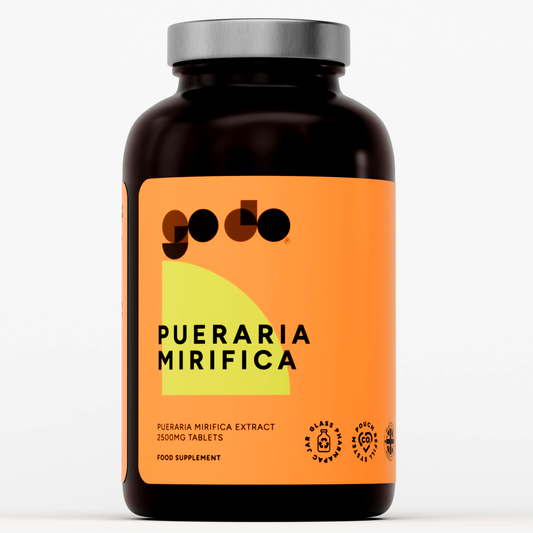
The training properties of dynamic strength exercises are vary considerably when they are performed at altered movement rates. In 1975, sport scientist Lelikov documented the rate of movements of 169 weightlifters performing the same exercises (Clean and Jerk, Squat, and Snatch) over the course of sixteen weeks, three times a week. The objective of their training sessions was to augment maximal strength, or rather the maximal weight on the barbell (1RM). Conferring to the movement rate at which they executed these exercises, the participants were separated into three groups: the first group used a high movement rate, the second used a middle movement pace, and the third group used a slow movement speed. The total volume of the training load in each group remained the same, equal to 720 lifts at 80% of their 1RM. At the culmination of the training period (so, after sixteen weeks), the growth in maximal weight of each group was assessed for the Clean and Jerk, the Squat, and the Snatch exercises. All three groups illustrated improvements, the highest enhancement, though, was obtained by the second group which performed the exercises with the middle rate of movement. The result brought the notion that implementations of resistance exercises with different movement rates entails different physiological mechanisms and dissimilar energetic properties. So, possibly, the grouping of exercises executed with different movement rates, would guarantee the highest results. In fact, this was established by the results of the follow-up trial in which four groups of weightlifters used the Barbell Squat with different movement rates (fast, moderate, slow, and very slow), with a separate fifth group performing exercises in equal proportion with respect to the different movement rates. Remarkably, the best results were seen by this fifth group.
That said, high intensity training, or using a very high percentage of your force production capability (as is seen in slow repetitions), is very fruitful but problematic to recover from in large quantities. Any repetitions performed where maximal force is applied train the competence of the motor unit recruitment. The drawback with using maximal weights is that it is tremendously demanding and hard to recover from. Lifting heavy things is obviously useful, but heavy weights must be appreciated and used correctly and economically or chronic injuries can advance. Another technique to increase the number and efficacy of motor units recruited to produce force is to produce that force rapidly and explosively (as in explosive repetitions), necessitating the synchronised, concurrent firing of high numbers of motor units. Dynamic effort sets improve neuromuscular competence, basically making it easier for the body to habitually recruit this larger number of motor units by instructing the neuromuscular system to do so voluntarily. The most valuable way to turn on more accessible motor units each time the bar is lifted is to use a lighter load, anywhere between 50% and 75% of 1RM, and move the bar as fast as humanly possible. So, depending on your goals, the effects of using fast or controlled repetitions can vary. The pace of exercises decides the result. A fast pace, then, ‘reduces’ the resistance by taking advantage of the drive but increases neuromuscular coordination, helping in increasing power output. A slow pace ‘increases’ the resistance by removing the momentum of the weight and thus progresses hypertrophy, theoretically resulting in strength gains.[1][2][3]
Bibliography
- Rippetoe, Mark, Lon Kilgore, and Glenn Pendlay. Practical programming for strength training. Wichita Falls, Tex.: Aasgaard Co., 2006.
- Verkhoshansky, Natalia. Special strength training: manual for coaches..S.l.: VerkhoshanskySstm, 2011.
- Zatsiorsky, Vladimir M. Science and Practice of Strength Training. Second Edition ed. Champaign, IL: Human Kinetics, 2006.
[1]Zatsiorsky, Vladimir M. Science and Practice of Strength Training. Second Edition ed. Champaign, IL: Human Kinetics, 2006.
[2]Rippetoe, Mark, Lon Kilgore, and Glenn Pendlay. Practical programming for strength training. Wichita Falls, Tex.: Aasgaard Co., 2006.
[3]Verkhoshansky, Natalia. Special strength training: manual for coaches..S.l.: VerkhoshanskySstm, 2011.











